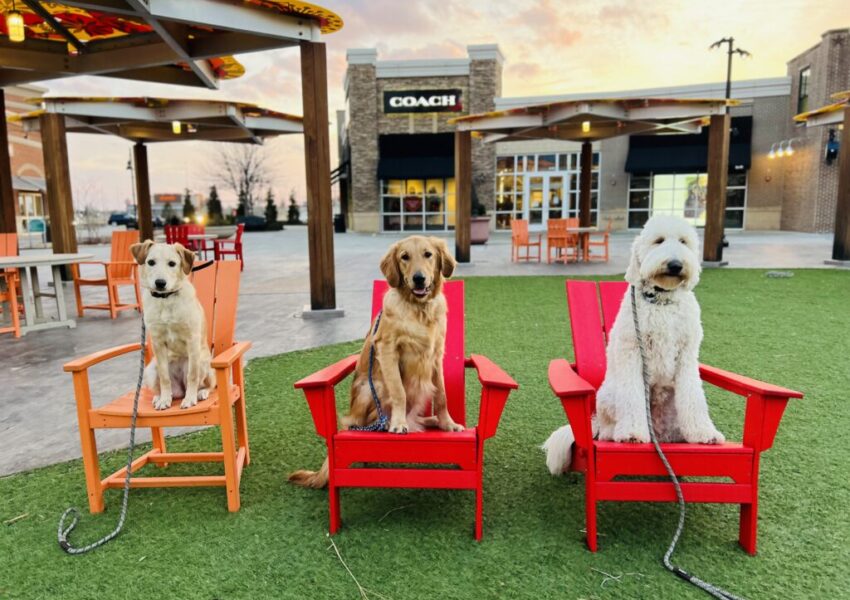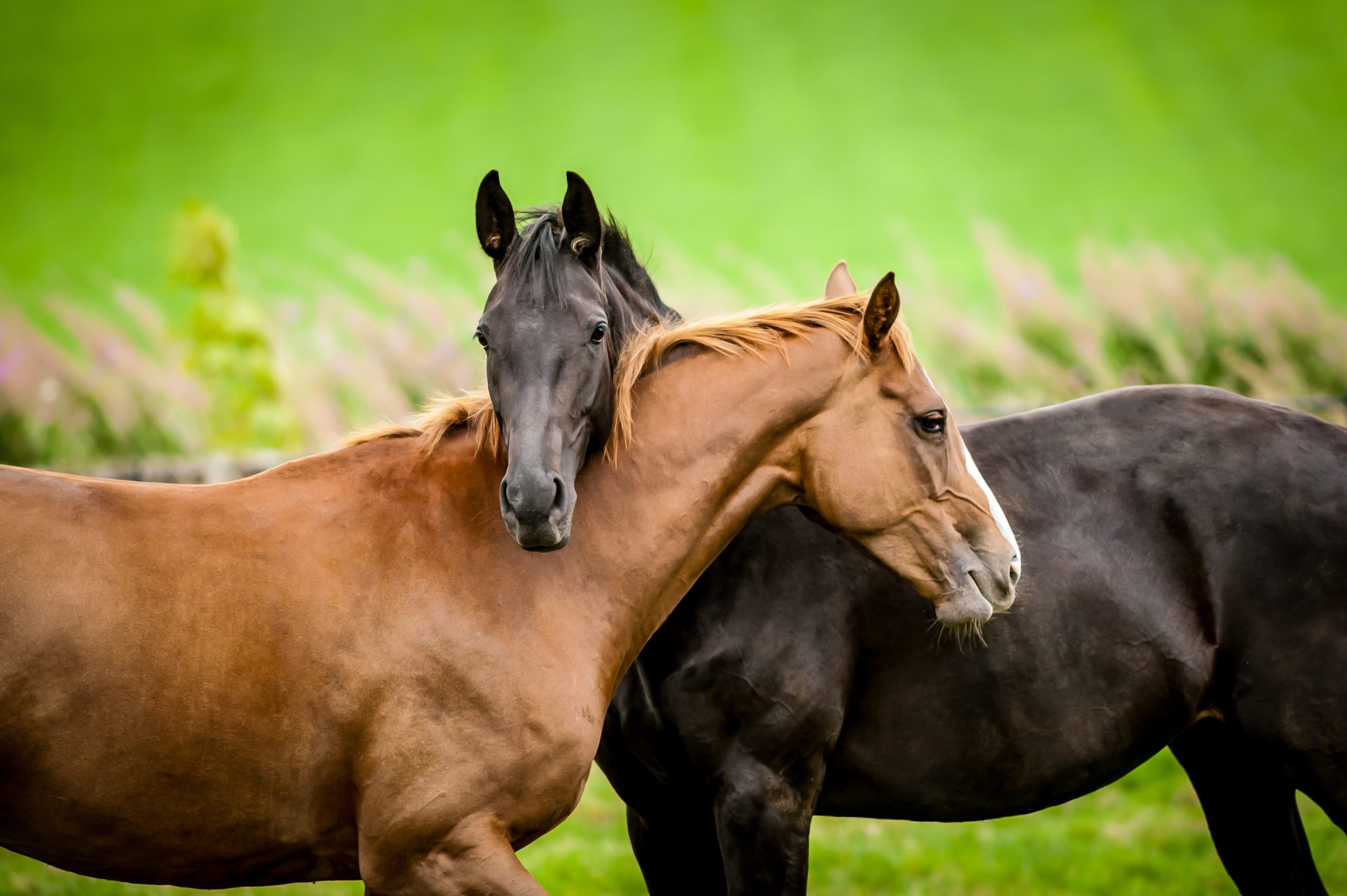There’s an old saying: “Strike while the iron is hot.” With dog training, this old adage applies. Today, with the advent of modern technology, people can use dog trainers as virtual assistants to make their pets good citizens in our society.
However, people who are new to dog training should also learn some basics first before moving on to advanced techniques. In this blog, we will cover basic dog training techniques that every pet owner should know to train their dog well and encourage positive behavior. We will also talk about advanced dog training techniques that can help you shape your dog’s behavior in unique ways and make them work for rewards and food.
Basic dog training exercises
Dog training can be both rewarding and challenging. While it may seem like a simple task, dog training requires patience, dedication, and a whole lot of effort. If you’re planning to train your dog, it’s vital that you follow a few basic dog training exercises.
– Crate training: This is a great way to train your dog not to beg or bark. Place your dog in a small, comfortable crate and give them access to a obedience training collar and leash. When your dog becomes accustomed to the crate, gradually increase the time spent in the crate until your dog learns that the collar and leash mean “no begging” or “no barking”
– House training: Give your dog potty training exercises indoors before letting them out into the world. In addition to giving your dog regular walks around the yard, throw some tasty treats in front of the door as a reminder for them to use the bathroom
– Scent training: Using different scents can help train your dog to recognize specific commands. Try dressing up in different costumes or scents when training your dog. This will help them associate those scents with particular commands
– Retrieve training: Have your dog learn to bring something back when called. Start by calling your dog repeatedly while holding an object or toy in front of their face; then have them bring it back to you when they hear the call
– obedience training: Train your dog to obey basic commands such as sit, stay, and come. It’s important for dogs to learn how to respond appropriately during obedience training sessions so that they can become well-mannered members of society
Looking at these tips will help you train your dog successfully and effectively.
How to train your dog using positive reinforcement
As dog training greenville sc becomes more popular, many dog owners are taking the training process more seriously. One effective way to train your dog using positive reinforcement is by rewarding your dog when he or she behaves in a desirable manner. This can be done through various techniques, such as food treats, dog toys, and affection.
When training your dog using positive reinforcement, you must be consistent in your training methods and not give up on your dog too easily. For example, you could use the leash and collar as a reinforcer when training your dog to walk on a leash or collar him while practicing obedience cues. Also, consult with a professional trainer before beginning any training program for your dog.
What is dog training?
Dog training is the process of teaching dogs specific behavioral commands or skills. This can include training a dog to obey basic commands such as ‘sit’, ‘stay’, and ‘down’, as well as training a dog to do more advanced behaviors like ‘come’ and ‘play’. dog training can be divided into two parts – obedience training and specialty training.
– Obedience training consists of teaching dogs to respond to basic commands such as sitting, walking on a leash, and turning around. It also includes teaching dogs to follow simple commands such as “shake,” “fetch,” and “roll over.”
– Specialty training involves teaching dogs to perform behaviors that are suitable for their individual needs, such as agility training for dogs who participate in competitions or scent discrimination training for dogs who have been trained to hunt by pointing out scents.
dog trainers must be proficient in multiple dog training techniques to provide the best possible service to their clients. They should be able to understand the different dog breeds’ motivations and behaviors and be able to design dog training programs that meet those needs.
How to train your dog using classical conditioning
– Classical conditioning is a learning process in which one stimulus (the unconditioned stimulus, or UCS) causes an automatic response (the conditioned response, or CR) in a second organism.
– The stimuli that can be used to train your dog using classical conditioning are sounds, smells, tastes, touches, and sights.
– To train your dog using classical conditioning, you must first create a Conditioned Reflex (CR). This is a response that occurs quickly and involuntarily after training the subject to associate a particular stimulus with a reward.
– The Process of Classical Conditioning: In this stage, the trainer uses the UCS to cause the CR in the subject animal.
– There are four stages of classical conditioning: 1) Unconditioned Response Stage: In this stage, the subject does not respond to the unconditioned stimulus (US). 2) Conditioned Response Stage: This stage occurs when the subject begins to respond to the UCS but does not yet associate it with anything good or bad. 3) Associative Learning Stage: In this stage, the subject associates the UCS with something good or bad. 4) Conjugate Response Stage: This stage is reached when the subject responds consistently to the UCS no matter what it is.
In conclusion, training your dog using classical conditioning can help you create a positive relationship with your pet and teach it valuable behaviors.
What are some basic obedience commands that every dog should know?
Some basic obedience commands that every dog should know are Downward Dog, Ring a bell to get your dog’s attention, and Give your dog a treat when he or she performs a specific obedience command.
How should I start training my dog?
The best way to start training your dog is to establish some basic training rules. These should include things like not being allowed to bark, jump on people or other animals, or beg in public. You can train your dog using positive reinforcement methods, which means that you give your dog rewards for good behavior. The most common type of reward is food, but sometimes you can also give your dog playtime, praise, or a treat. However, make sure that you don’t punish your dog if he or she makes a mistake. Instead, try to calmly and patiently correct them in a polite and consistent manner.
What is the goal of dog training?
The goal of dog training is to teach your dog specific behaviors that will help them live a peaceful and enjoyable life. There are a number of different training techniques that can be used to achieve this goal, and it is important to select the right one for your dog based on their personality and temperament. Dog training should be ongoing in order to maintain a strong bond between you and your dog.
What are some advanced obedience commands that can be used to train a dog in specific situations?
Some advanced obedience commands that can be used to train a dog in specific Situations are “sit,” “down,” and “come.”
What are some techniques for rewarding a dog for good behavior?
There are a few techniques that can be used to reward dogs for good behavior.
1. Praise your dog in a positive manner whenever they exhibit good behavior. This will help to reinforce the behavior and make it more likely to be repeated in the future.
2. Give your dog treats or toys as a form of positive reinforcement. This will help your dog associate good behavior with rewards and make them happy.
3. Use verbal commands to train your dog. This will help you communicate with your dog and training sessions will be more effective.
4. Be consistent with your training methods and rewards, and be patient with your dog. If you’re training your dog using rewards, it’s important to remember that puppies and dogs learn best when they see results quickly.
Conclusion
There are several training methods to choose from. However, the most effective training method is the one that works for both you and your dog. The three training basics mentioned above are some simple training exercises that can be done with any dog. They involve feeding your dog a treat or food item, petting it, and praising it. You can also try a game of fetch or a walk in the yard. The idea is to get your dog used to those things so it begins looking forward to them when you do them.



